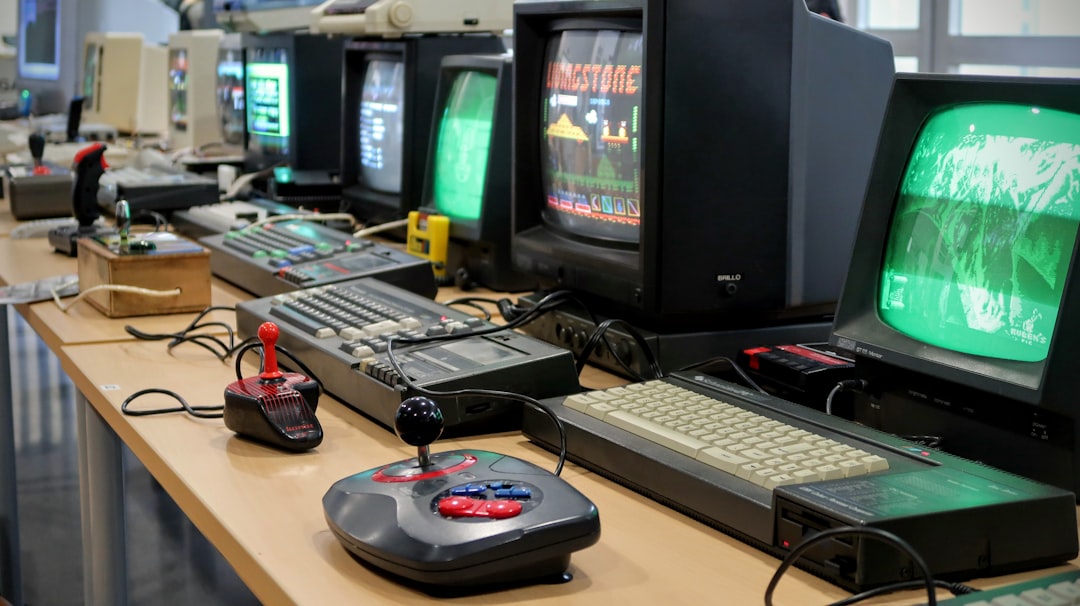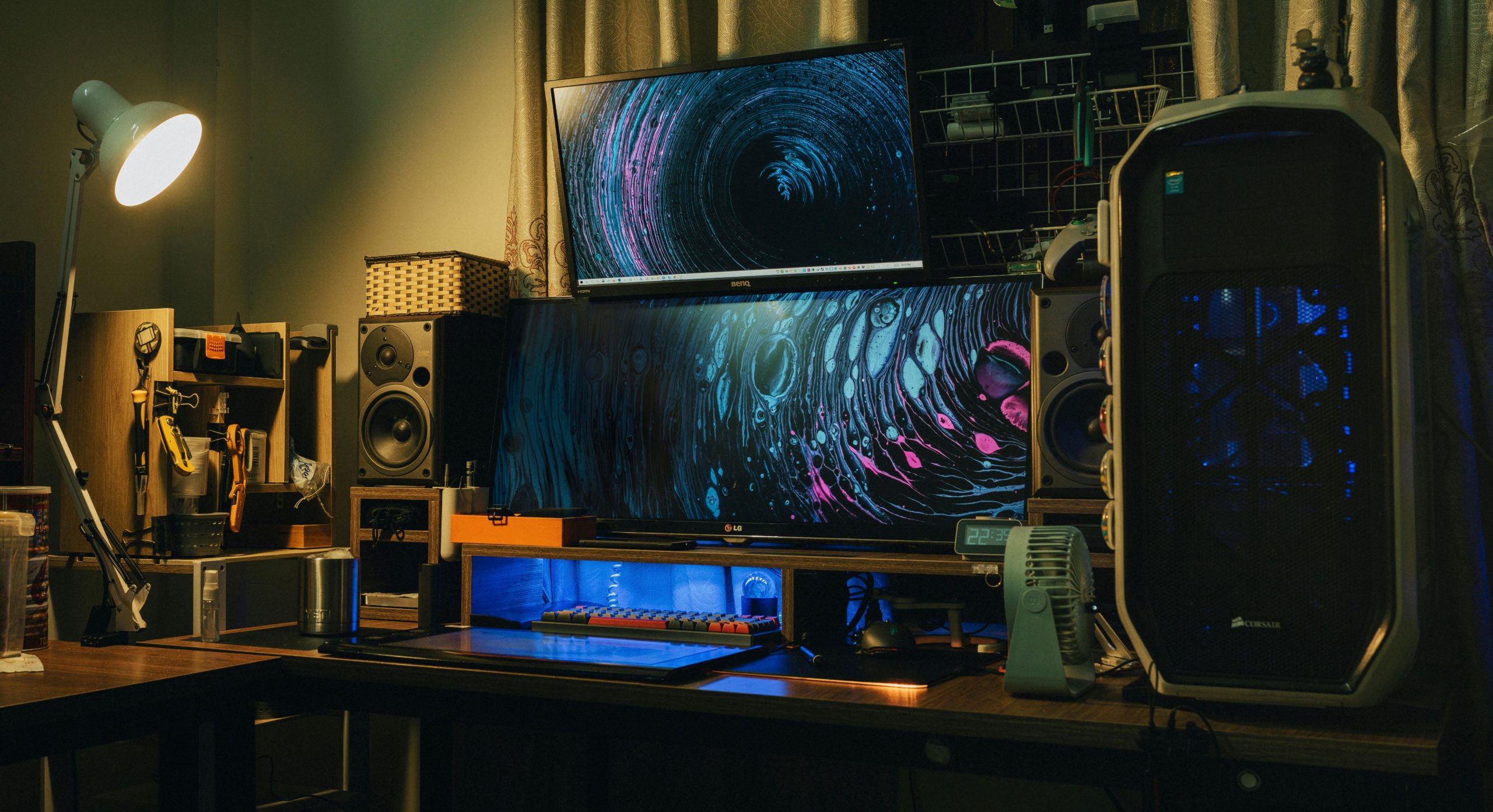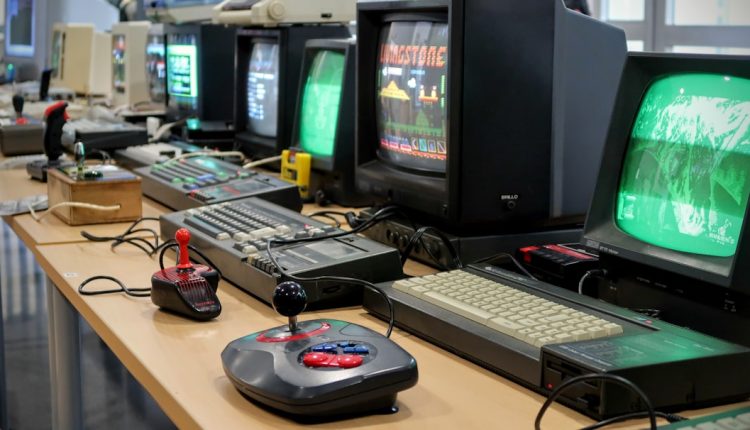Choosing between HDMI and DisplayPort can feel like trying to decide between cats and dogs. Both have their pros and cons. But when it comes to video quality and gaming performance, one might have the upper hand depending on what you need.
Let’s break down both cables so it’s simple, fun, and crystal clear.
What Are HDMI and DisplayPort?
Table of Contents
First things first — what are these cables even used for?
- HDMI (High-Definition Multimedia Interface) is the most common connection for TVs, monitors, and gaming consoles.
- DisplayPort is more PC-focused, often seen in computer monitors and high-end graphics cards.
Both connect devices like graphics cards to monitors. They carry video and audio from your computer or console to a screen. But how they do it — and how well — is what we care about.
Let’s Talk Resolutions and Refresh Rates
This is where things start to get juicy. If you love 4K movies or you’re a hardcore gamer, this matters a lot. Resolution is the image clarity. Refresh rate is how often the image updates per second (measured in Hz).
Here’s a quick comparison:
| Standard | Max Resolution | Max Refresh Rate |
|---|---|---|
| HDMI 2.0 | 4K | 60Hz |
| HDMI 2.1 | 10K | 120Hz (4K) |
| DisplayPort 1.4 | 8K | 60Hz (4K @ 120Hz with compression) |
| DisplayPort 2.0 | 16K | 240Hz (4K) |
Winner: DisplayPort (especially version 2.0) for raw power.
Gaming Showdown
If you’re into gaming, refresh rate and latency are key. You want everything to feel buttery smooth. Let’s see how both perform:
HDMI for Gaming:
- HDMI 2.1 supports Variable Refresh Rate (VRR) and Auto Low Latency Mode (ALLM).
- It’s great for gaming consoles like PS5 and Xbox Series X.
- Delivers up to 4K at 120Hz — awesome for modern TVs!
DisplayPort for Gaming:
- Supports VRR with G-Sync and FreeSync.
- Can handle super high refresh rates — even 240Hz!
- Less input lag and better for competitive gaming.
So who wins? It depends on what you’re using. For console gaming, HDMI is a solid pick. For PC gaming, DisplayPort takes the crown.

Audio Capabilities
Both HDMI and DisplayPort carry audio signals. But HDMI is a little more advanced here.
- HDMI supports ARC and eARC, which is great for connecting to soundbars and receivers.
- DisplayPort can send audio, but usually through adapters like USB-C or HDMI converters.
Unless you’re an audiophile or building a home theater, this might not matter much. But for simplicity and compatibility, HDMI wins when it comes to sound.
Cable Length and Compatibility
The longer the cable, the more signal degradation can happen. Let’s see how they compare:
- HDMI: Works well up to 5-10 feet. You’ll need boosters or active cables beyond that.
- DisplayPort: Handles longer cables better (up to 15 feet without issues).
If you’ve got a big setup or like to hide cables away, DisplayPort can make life easier.
Which One is More Universal?
This is where HDMI shines brightly.
- HDMI is everywhere — TVs, projectors, consoles, Blu-ray players.
- DisplayPort is mostly on PCs, gaming monitors, and graphics cards.
If you want a plug-and-play experience with no adapters, HDMI is usually the safer bet.
Adapters and Converters
Sometimes you need to go from HDMI to DisplayPort or vice versa. It’s not always smooth.
- HDMI to DisplayPort: Requires an active adapter (with power).
- DisplayPort to HDMI: Often works with a passive adapter.
TL;DR: If you’re mixing and matching devices, pick DisplayPort on PC and HDMI on everything else.
Future-Proofing Your Setup
Want to buy something today and still use it five years from now? Let’s talk future-proofing.
DisplayPort 2.0 is a beast. It supports:
- Higher resolution (up to 16K!)
- Insane refresh rates for competitive gaming
- Multi-monitor Daisy Chaining

HDMI 2.1 is no slouch either. It brings:
- 8K resolution at 60Hz
- Dynamic HDR for stunning video
- eARC for high-end audio
If you’re building a future-ready PC rig, go DisplayPort 2.0. For a home theater or console setup, HDMI 2.1 is golden.
Cost Differences
The good news? Prices are pretty close. A quality HDMI 2.1 or DisplayPort 1.4 cable will cost around the same.
Just be careful of super cheap knock-offs. Always look for certified cables, especially if you care about performance.
Quick Pros and Cons
HDMI
- 👍 Pros: Widely used, supports audio return, great for consoles and TVs, ARC/eARC support
- 👎 Cons: Shorter cable limitations, fewer features for PC gamers
DisplayPort
- 👍 Pros: High refresh rates, better PC gaming, supports daisy chaining
- 👎 Cons: Less common in TVs and home theater setups, audio support not as robust
Final Verdict: Which One Should You Use?
Still undecided? Here’s your lightning-fast guide:
- Using a console or TV? Go with HDMI.
- Using a high-end gaming monitor with a PC? Get DisplayPort.
- Hooking up multiple monitors? DisplayPort makes it easier with daisy chaining.
- For future-proof PCs? DisplayPort 2.0 is king.

At the end of the day, either cable can deliver stunning results. But choosing the right one helps you unlock the full power of your gear.
So, HDMI or DisplayPort? Now that you know the facts, the choice is yours!

